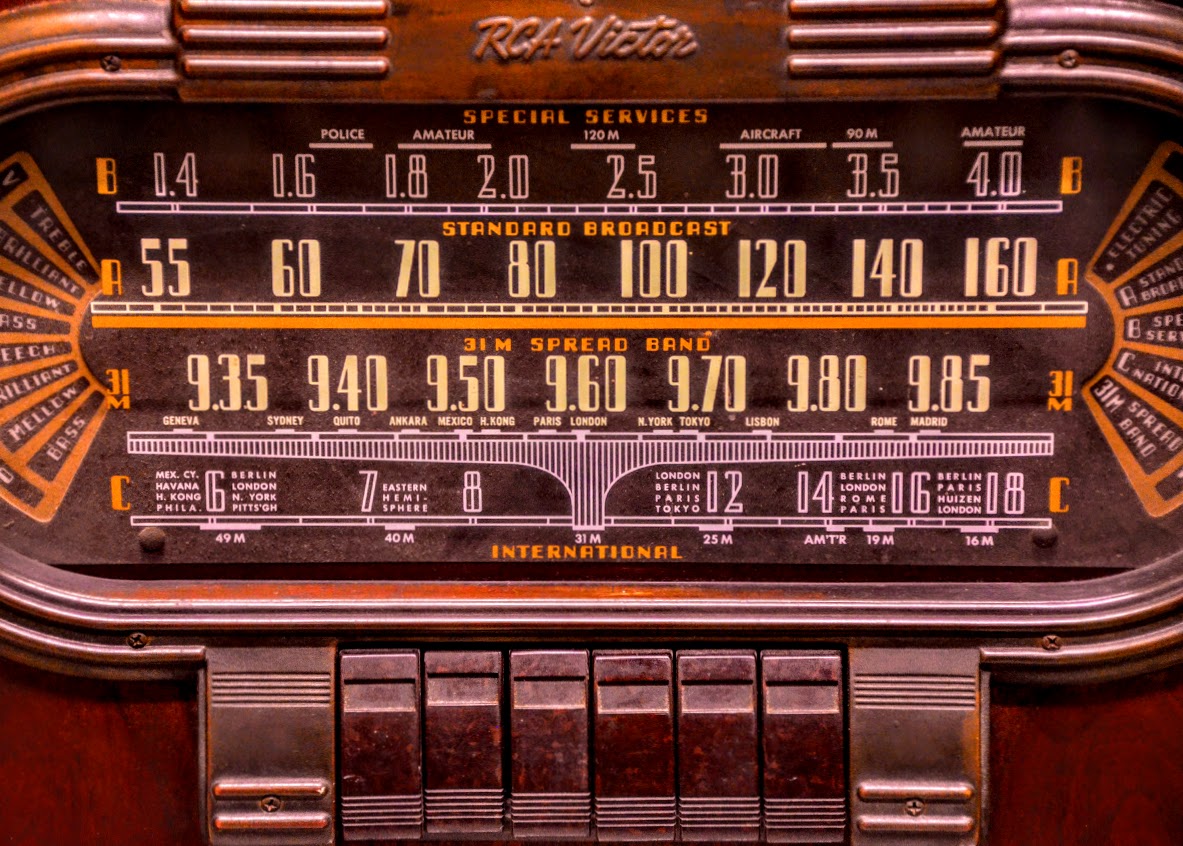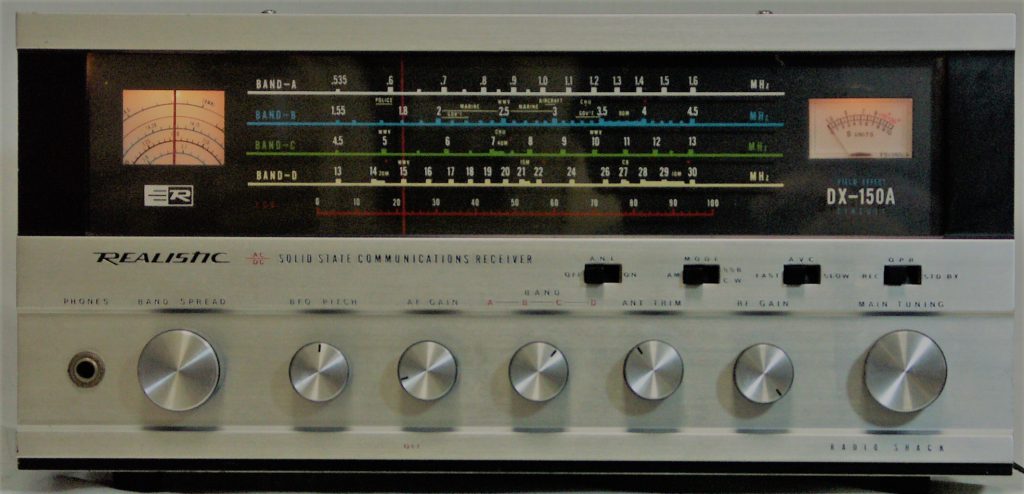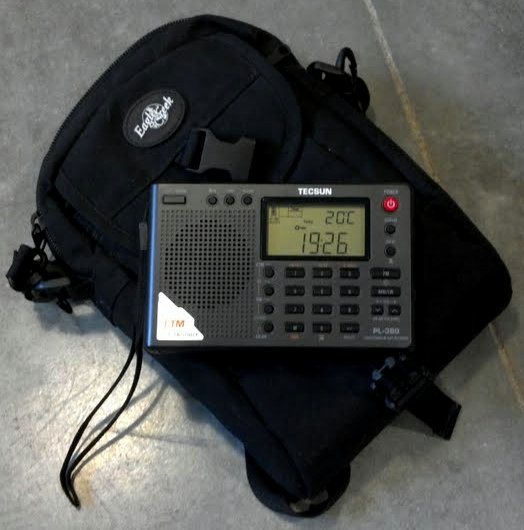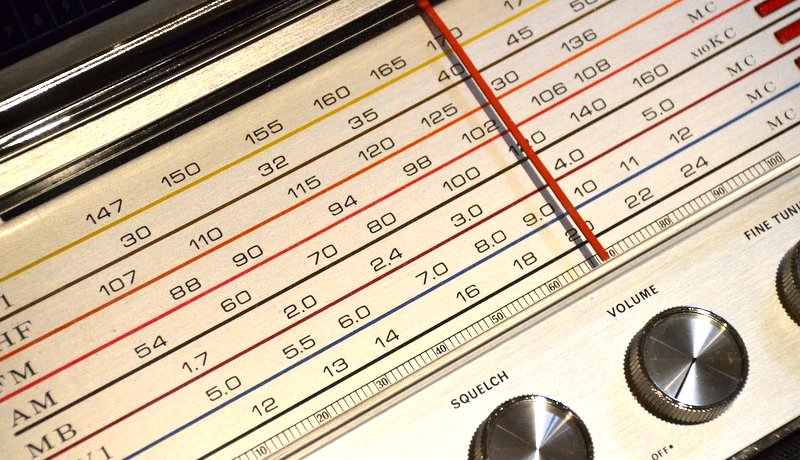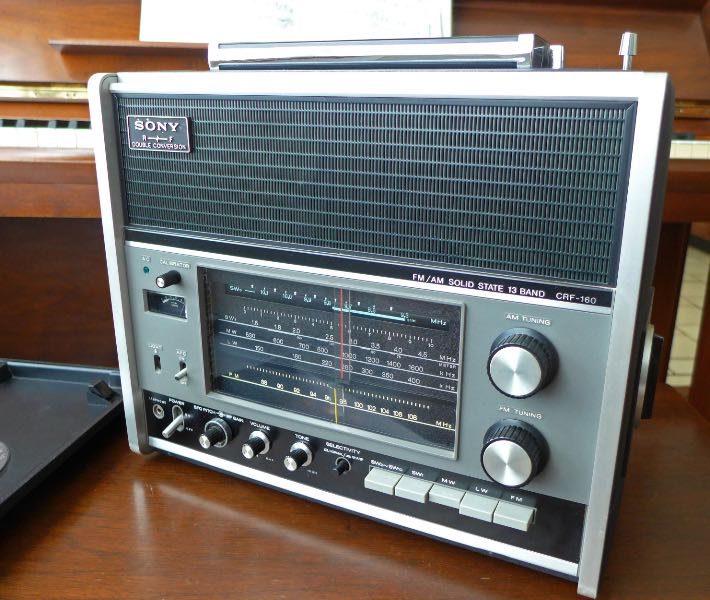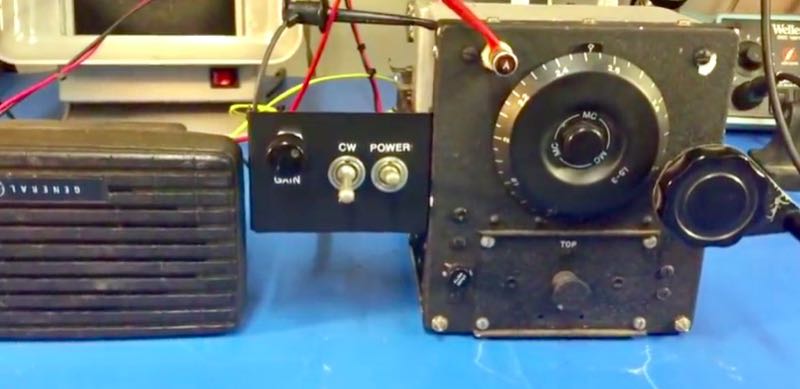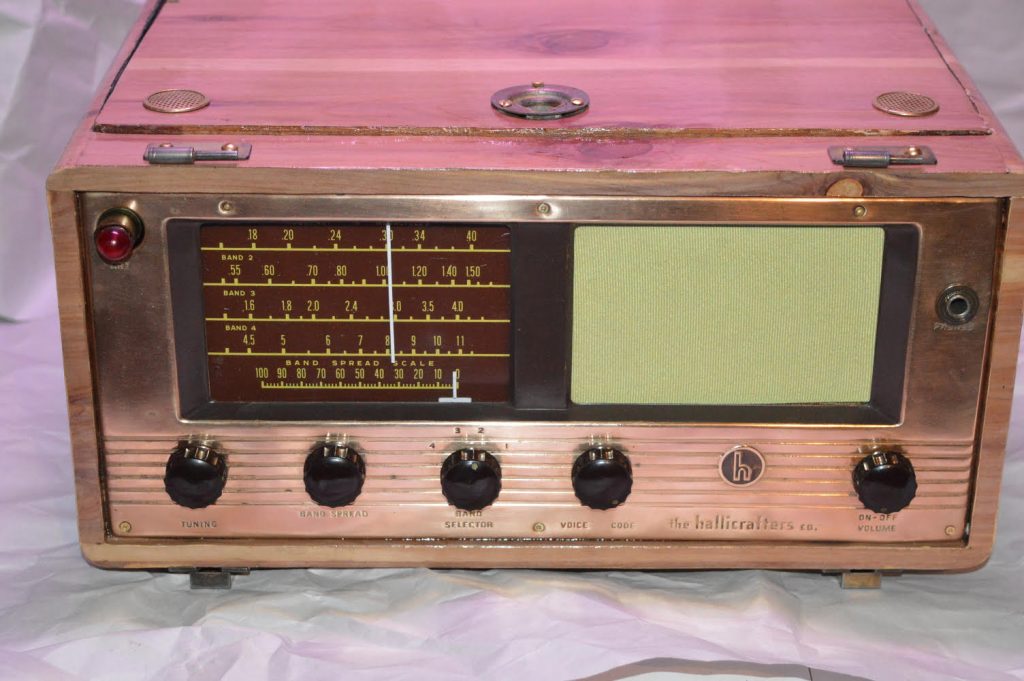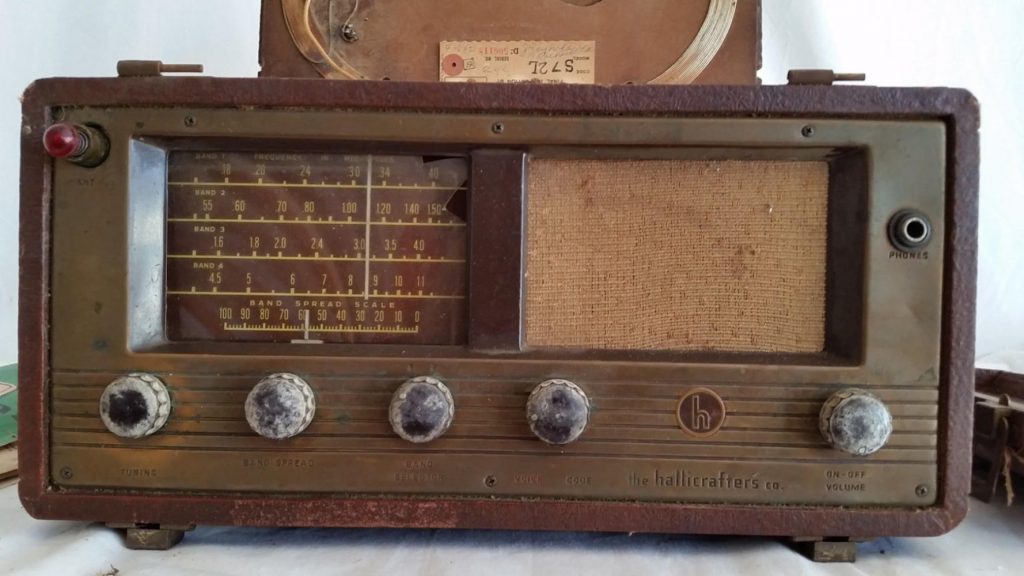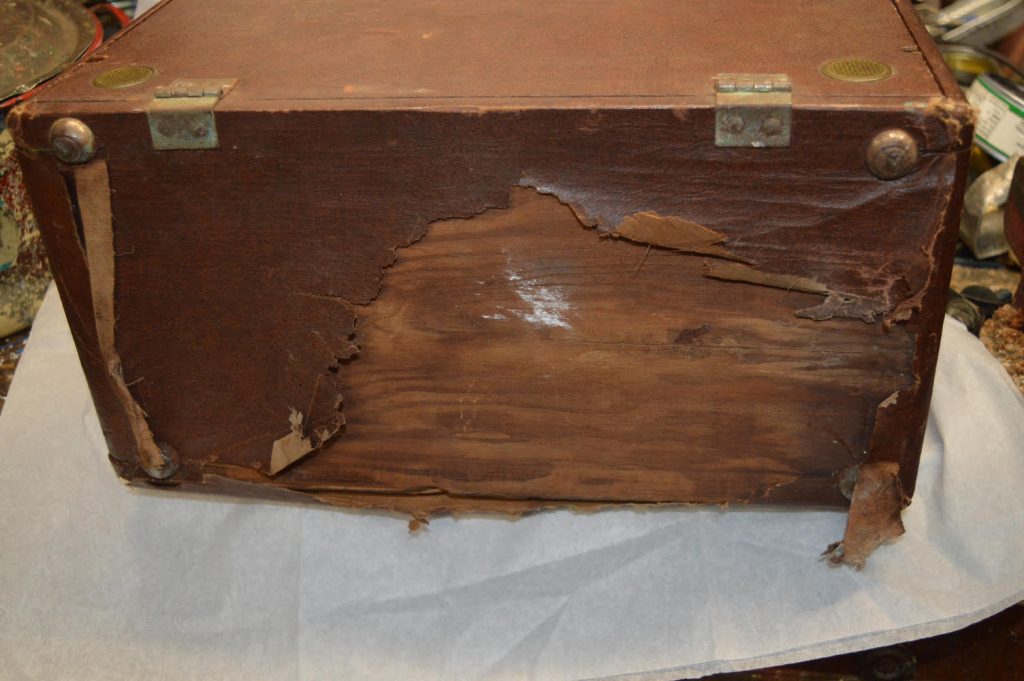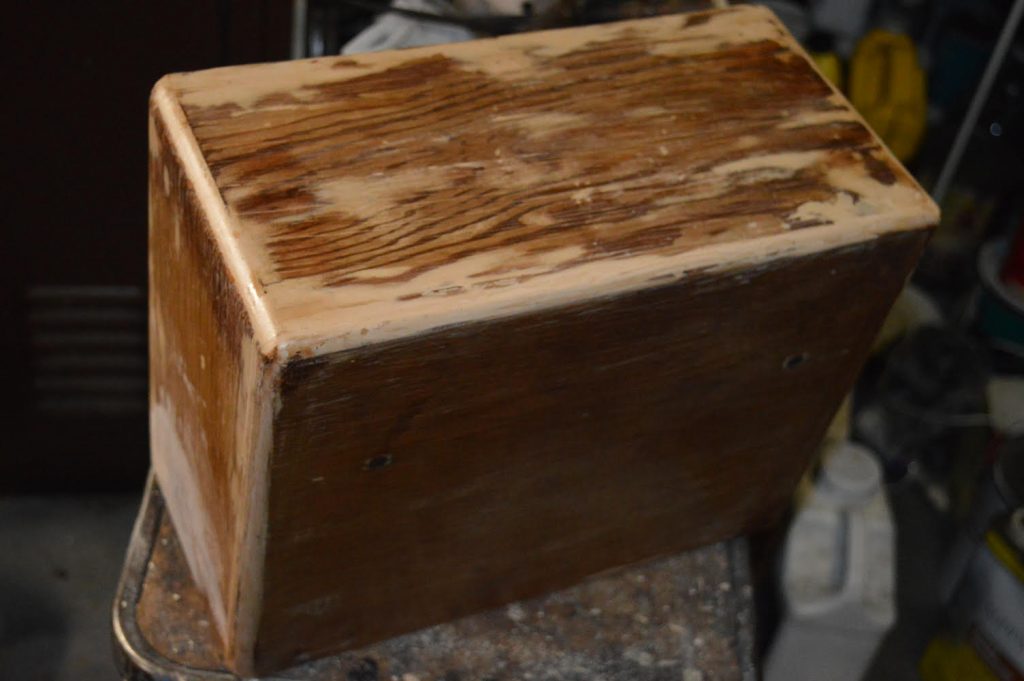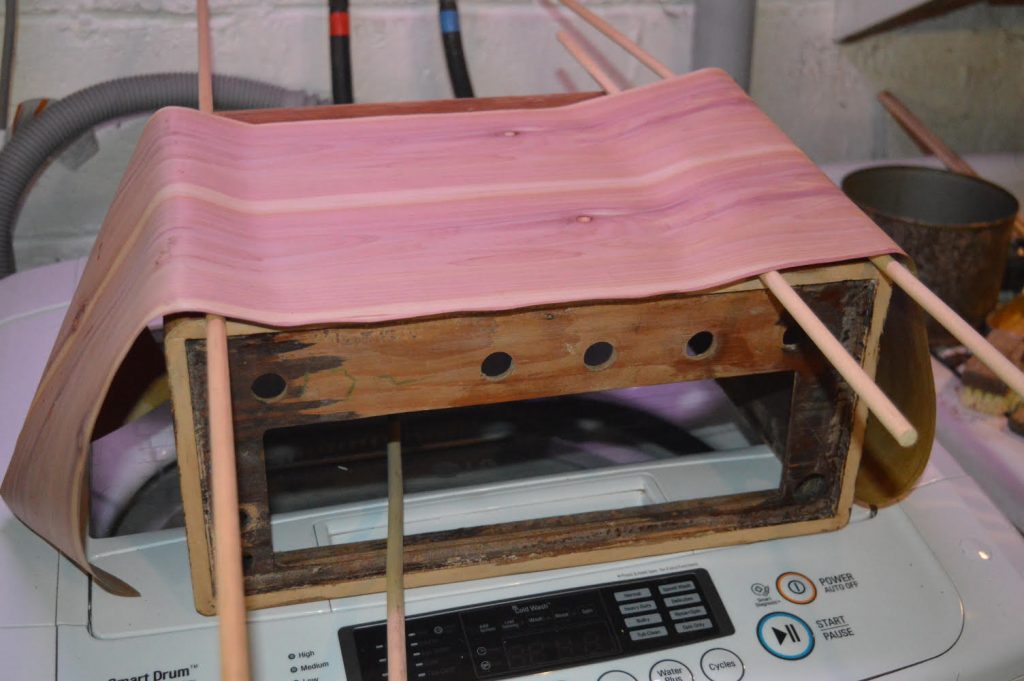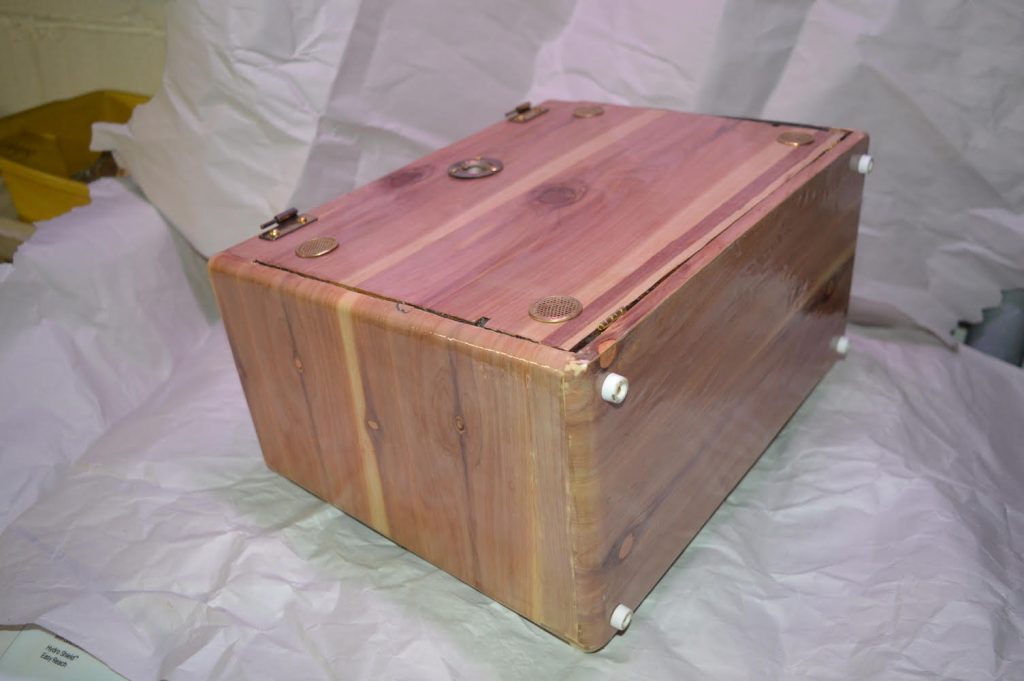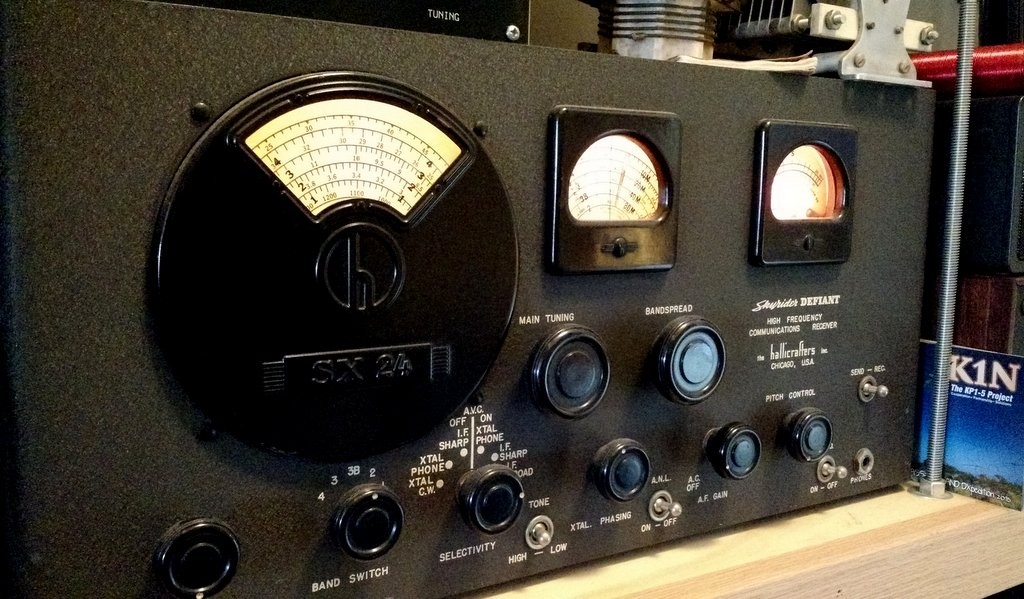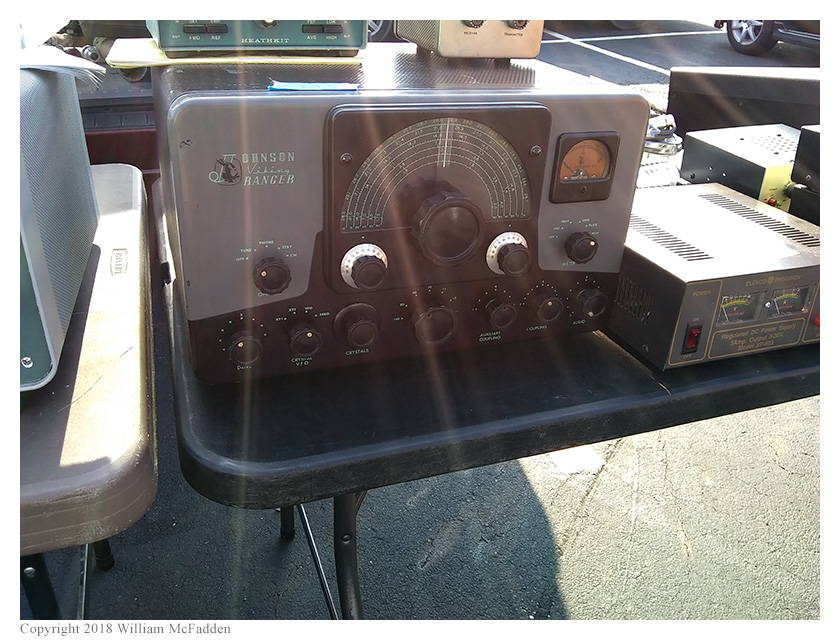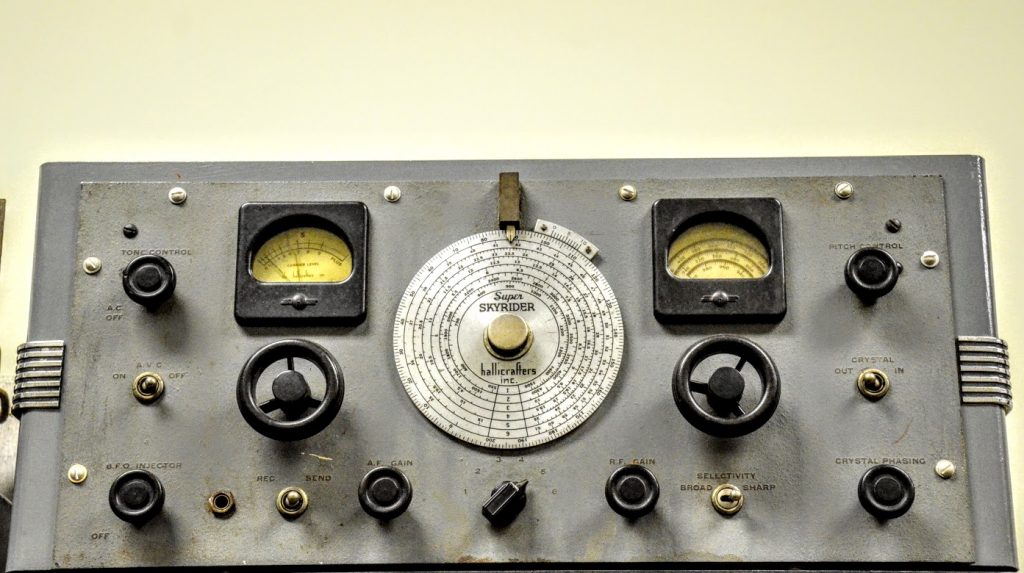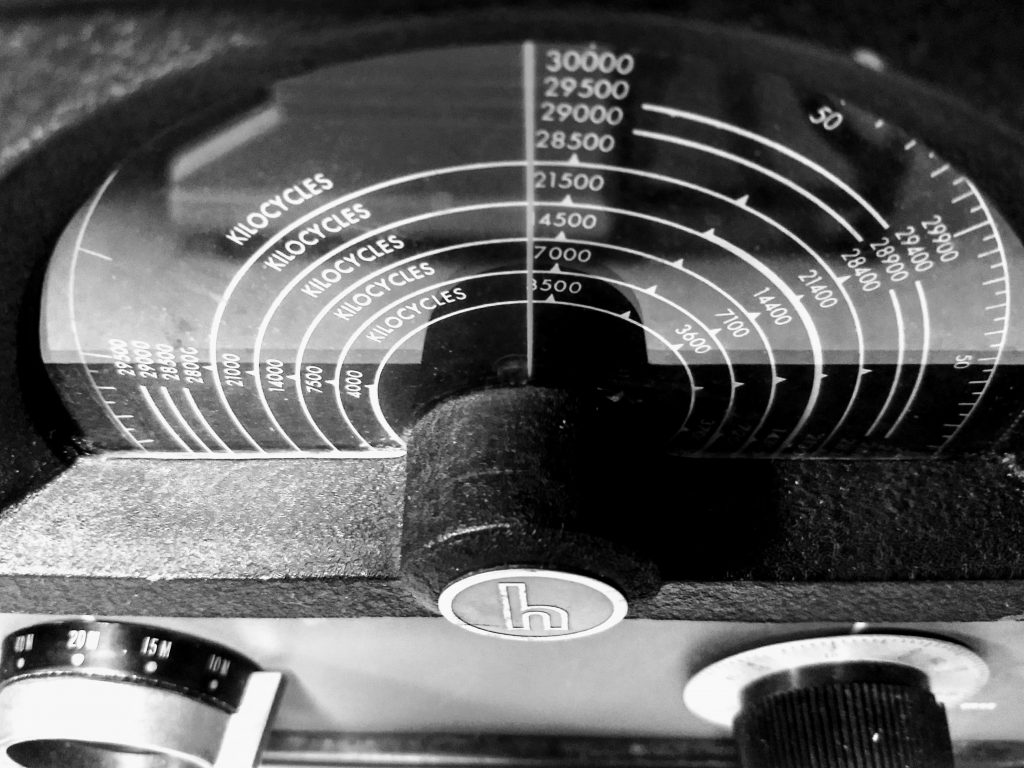Radio Waves: Stories Making Waves in the World of Radio
Because I keep my ear to the waves, as well as receive many tips from others who do the same, I find myself privy to radio-related stories that might interest SWLing Post readers. To that end: Welcome to the SWLing Post’s Radio Waves, a collection of links to interesting stories making waves in the world of radio. Enjoy!
Many thanks to SWLing Post contributors Tracy Wood, Michael Bird, and David Shannon for the following tips:
How accurately have radio stations been portrayed in TV and movies? Alan Cross rates them (Global News)
Over the last century, radio stations have been the subject and the setting for a number of TV shows and movies. This, for better or worse, is how the general public perceives how real-life radio works. I’ve rated this selection of radio-centric shows and scenes through the years.
1. WKRP in Cincinnati (1978-1982)
Authenticity Rating: 3/5
Every time people of a certain age hear that I work in radio, they inevitably ask “Is it anything like WKRP?” The answer is both yes and no.
The show’s creator, Hugh Wilson, did come from a radio background, serving time as a sales rep at WQXI, a top 40 station in Atlanta, so he was certainly well qualified. His characters were slight caricatures of the real thing: the general manager who was often clueless about what was happening with his station; the harried program director; the burnout morning man; the trippy nighttime DJ; the sleazy salesperson; the squirrely newsman; the naive copywriter; and the receptionist who secretly runs the place. I’ve worked with each of those people multiple times.
The show was groundbreaking in its use of music. Up until WKRP came along, no one used real music in the soundtrack. It was all stock stuff, soundalike material made up by studio players. But viewers of WKRP heard actual songs from bands they recognized — something that eventually created endless licensing headaches when it came to syndication and issuing the show on DVD. That remains the reason why the show isn’t streamed anywhere. (Hugh Wilson explains the music issues here.)[…]
Australians overwhelmingly oppose ABC budget cuts (ABC Friends National)
According to a new survey, 76% of Australians oppose any further cuts to the ABC’s budget and 49% believe it should get more Federal Government funding
The findings of a Roy Morgan national opinion poll serve as a warning to the Government that voters have had enough of budget cuts to the national broadcaster. Successive Governments have reduced ABC funding by a total of $783 million since 2014.
The survey shows Australians overwhelmingly turn to the ABC in times of crisis, underlining the national broadcaster’s critical role in the bushfire crisis and the COVID-19 pandemic. ABC Friends commissioned the opinion poll, which was carried out by the independent research group, Roy Morgan.[…]
What is number station and story behind it? (US Updates)
Fictional novels about number stations have been created in the minds of most people. Many people think of the number station as a ghostly, creepy, mysterious or supernatural symbolic message. But are the messages fictional novel about numbers stations at the number station really mysterious? In today’s discussion we will know what number station is and why somebody finds it fictional novel about number station?
We all listen to the radio more or less. There are basically two types of radio listeners, such as FM radio stations and radio stations broadcast from the Internet. There are also radio stations of other frequencies and their different names. Such as high frequency or shortwave, extra high frequency, ultra high frequency limit through which there is also satellite signal and police scanner report.
Amateur radio, pelagic and air stir are also included in these frequencies. Today we will learn about high frequency i.e. shortwave radio station which is also known as fictional about number station. This number is used to send symbolic messages to various intelligence agencies and the military. This number station has been in found since the First World War and has been the center of attraction for many years. For many years some of journalists have tried to decipher the mystery of this number station.[…]
Coronavirus: Student repairs vintage radios during lockdown (BBC)
A teenager who restores and repairs old radios says he loves the “unexplained charm” and history of the wireless.
Diogo Martins, from Oadby, Leicestershire, has been able to spend more time on his hobby during the coronavirus lockdown and has added to his collection of vintage radios.
“Without a doubt many of these radios have a family history where families have gathered around to listen to music and information, and it’s that history which I find so endearing,” he said.
The 19-year-old electrical engineering student said in restoring them he is “continuing their legacy”.
Video journalist: Harris Millar
Do you enjoy the SWLing Post?
Please consider supporting us via Patreon or our Coffee Fund!
Your support makes articles like this one possible. Thank you!

